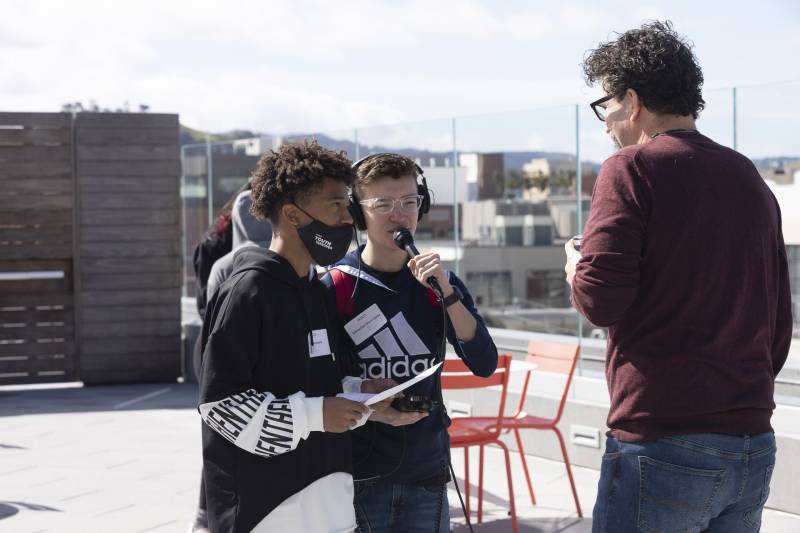As educators, we are acutely aware of the cascading implications of the pandemic. We continue to experience the repercussions of interrupted learning, staffing shortages and turnover, and the need to repair the inequities the pandemic laid bare. It upended our plans and reversed upward trends. It also accelerated access to technology and made all of us increasingly reliant on digital media as our source of news and information about the world and our place in it. Like the average adult, teens and tweens spend over eight hours a day consuming media. With consumption of this magnitude, the line between media literacy and general literacy has blurred, making it essential to recognize the urgency of incorporating media literacy into strategic plans for literacy.
In California, Senate Bill 830, passed in 2018, required the state’s Department of Education to develop media literacy guidelines and resources. Organizations like KQED have played a pivotal role in creating approved professional development (PD) opportunities, curriculum, and standards. However, while guidelines and resources are available, media literacy instruction and curriculum integration are inconsistently applied. Media literacy, if addressed in curriculum, is often specific to media arts classes or addressed in digital citizenship lessons. However, given the high levels of consumption and the rapid pace of change in the media landscape, including advances in artificial intelligence, media literacy education is central to missions of equity in education. A media literacy education means that students:
- Have equitable access to the skills to identify misinformation
- Have equitable access to reliable sources of information
- Have equitable access to the tools and resources to make media
- Have equitable access to platforms to share their knowledge and voices
Historically, media literacy education has focused on understanding bias and evaluating sources. While this is important, it is only one aspect of media literacy. Just as language literacy encompasses reading and writing, so does media literacy. Building media making into course curriculum provides students choices in how they demonstrate learning while they learn the skills of communicating content knowledge through writing media. You have an opportunity to proactively integrate media literacy into your three-year LCAP plan and Proposition 28 funds.
Build Media Arts into Core Curriculum with Prop 28 Funds
Prop 28 funds provide an opportunity to invest in media arts as part of your core curriculum. For schools with 500 or more students, up to 19% of Prop 28 funds can be used to provide professional development and tools to build teacher capacity in integrating media literacy, including media making across the curriculum. Three ways you might consider planning fund allocation are:
- Use Prop 28 funds to compensate teachers for their professional development time integrating media arts, promoting teacher retention and ensuring effective implementation. Then, leverage KQED’s free resources to make your budget go farther.
- Invest in Tools to Integrate Media Literacy: KQED offers free guidance for evaluating media literacy tools.
- Provide Teacher Professional Development and Curriculum: KQED offers free professional development and curriculum resources at no charge to school districts.
